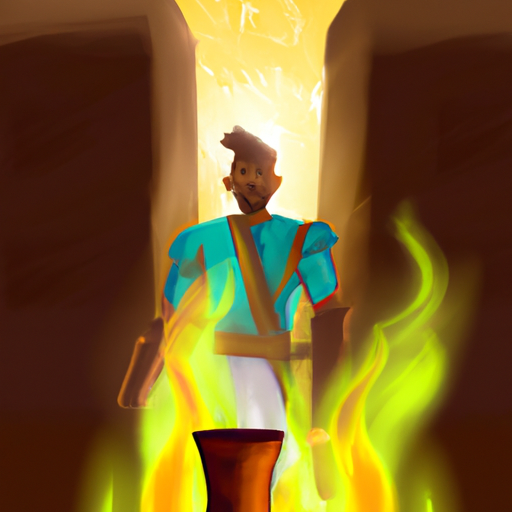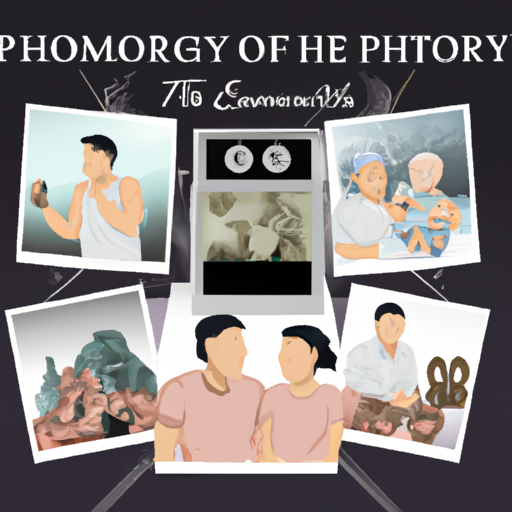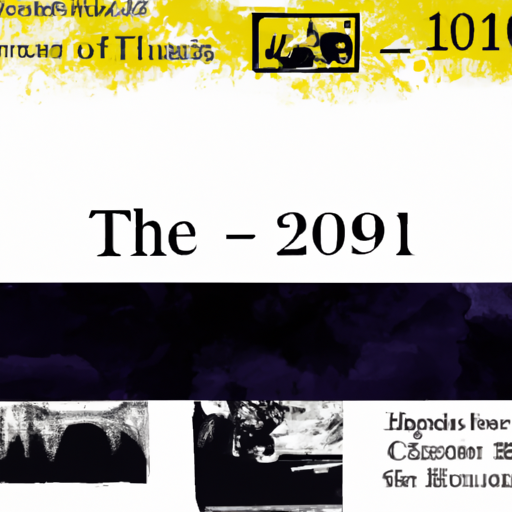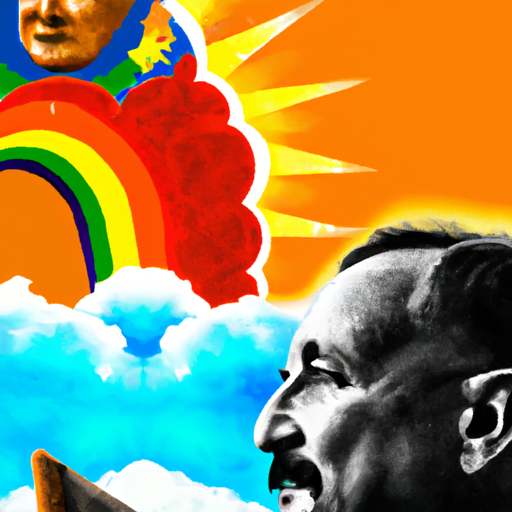History of the Dark Side of the Victorian Age
Descend into the depths of the past and discover the clandestine underbelly of the Victorian Age. Unearth its secrets, and feel the reverberations of its influence that still linger to this day.

In a crisis, people will turn to plants once again for both food and medicine.
And there are some plants that will vanish faster than all others.
So the only way to make sure you have them when you need them is to grow them in your own backyard.
P.S. However, there is a limited number of these seeds and the demand is huge–no wonder, with all that’s happening in the world right now. Click here to see if there are any left for you!
.
.
Introduction

An age of great transformation and advancement, the Victorian Era, named in honor of Queen Victoria of England, existed between 1837 and 1901. Yet it was not without its shadows. The Industrial Revolution created a vast disparity between the affluent and impoverished, with the lower class living in overcrowded, unsanitary conditions and deprived of educational opportunities or medical care. Women were stripped of basic rights such as voting or property ownership while children were required to labor at a young age. Furthermore, Britain’s imperialistic tactics led to the exploitation of colonies around the globe. These components blended together to form a dark side to the Victorian Age that still reverberates through our present day.
– History of Social Inequality in the Victorian Age
A period of immense alteration, the Victorian Age saw a marked divergence in social standing. With the industrialization of Britain and the expansion of cities, a gap was created between those at the top and bottom of society. This disparity was exacerbated by gender disparities, with females barred from many aspects of public life. The genesis of a middle class did occur during this time, but it still lacked the influence and affluence of those at the apex. For those on the lower rungs, poverty and exploitation were daily realities. Although some reforms were implemented to alleviate these issues, inequality remained firmly entrenched.
– Historical Overview of the Impact of Industrialization on Victorian Society
The Industrial Revolution of the mid-1800s brought about radical changes to Victorian society, with its advances in technology and production. Factories became more efficient, churning out goods faster and cheaper than ever before, providing businesses with newfound opportunities to expand their reach and increase profits. Yet, this industrialization had a profound effect on the lives of many Victorians.
For thousands of people who had previously been unemployed or underemployed, factory work provided an income that allowed them to live better than they had before – though it was often difficult and dangerous. New technologies made transportation easier and faster too, allowing people to travel farther distances for work or leisure activities. This population shift from rural areas to cities led to overcrowding, poor housing conditions, and inadequate sanitation systems in many urban areas; these issues were further compounded by the lack of laws regulating working conditions or protecting workers’ rights at this time.
On the other hand, increased production also meant greater wealth for some members of Victorian society as well as improved standards of living for others. Inventions like the steam engine enabled businesses to produce goods quickly and efficiently while giving consumers access to products at cheaper prices.
Industrialization thus left its mark on Victorian society – both good and bad – paving the way for future technological advances throughout history while simultaneously creating overcrowding in cities, exploiting workers’ rights, and leading to health risks for those employed in factories.
– History of Child Labor in the Victorian Era
The Victorian Era was a time of complexity and perplexity when it came to the history of child labor. Through various occupations, from domestic service to factory work, children were employed as a means to an economical solution for labor shortages. These young workers were often subjected to long hours with little or no pay and hazardous conditions, with some even facing physical, emotional, and sexual abuse.
The Industrial Revolution saw a surge in the use of child labor for factories needing more workers. Regulations such as the Factory Acts of 1802-1867 attempted to limit this exploitation; however, employers still found ways around these restrictions.
By the late 19th century, public opinion began to shift against this mistreatment of children, leading reformers like Richard Oastler and Lord Shaftesbury to advocate for better protections in the workplace. This resulted in legislation that limited the use of child labor and improved working conditions for those who remained employed.
While much has been accomplished towards eliminating child labor globally since then, it is still an issue that needs attention in certain parts of the world. We must remember our history so that we can continue striving for better protections for all workers – especially those too young or vulnerable to defend themselves against exploitation and abuse.
– Historical Analysis of Poor Living Conditions During the Victorian Age
The 19th century saw a surge in economic progress and technological breakthroughs, yet for many, life was still incredibly difficult. A retrospective study of this era reveals the full extent to which poverty affected people’s day-to-day lives.
Industry drove an influx of people into urban centres, leading to overcrowding in places like London and Manchester. This overcrowding caused cramped living conditions with little access to basic amenities such as water or sanitation. Poor housing led to the spread of illnesses like cholera and tuberculosis.
Furthermore, food prices rose due to population growth, making it hard for those on lower incomes to afford enough food for their families. This lack of nutrition often resulted in malnutrition and other health problems that deepened poverty levels across the country.
Moreover, the government failed to provide sufficient welfare benefits or social services for those living in poverty, leaving individuals unable to work due to age or disability without any means of support and often resorting to begging or sleeping rough.
A thorough analysis of the Victorian Age thus demonstrates how deeply poverty impacted everyday life during this period. By examining these factors we can gain insight into how poverty has shaped society over time and what needs to be done today in order to tackle similar issues faced by our modern society.
– Historical Perspective on Human Rights Violations During the Victorian Age
The Victorian Age, a period of extensive social and technological transformation, was also characterized by egregious human rights infringements. Without any regulations in place to protect workers from abuse and exploitation, women and children were often the victims of these injustices. Inhabitants of slums or otherwise impoverished areas were particularly vulnerable to such mistreatment. Females were denied basic privileges including education and had no legal recourse if abused or discriminated against at work. Children too faced immense suffering, with employers taking advantage of their cheap labor and forcing them into hazardous working conditions for long hours with little rest or protection from dangerous materials. This resulted in physical harm, malnutrition and even death for some.
Though labor laws were eventually established towards the end of Queen Victoria’s reign that provided some protection to workers, they did not go far enough in tackling all forms of human rights violations during this era; women still lacked legal defense against domestic violence or sexual harassment in the workplace for instance. It is therefore evident that much more needs to be done today to ensure everyone has access to fundamental human rights protections regardless of gender or economic standing – a legacy left behind by the Victorian Age that must be addressed.
conclusion
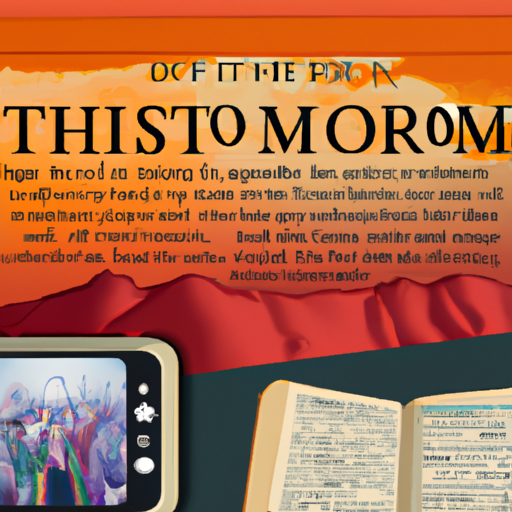
A period of growth and success for Britain, the Victorian Age was not without its shadows. Poverty and disparity deepened, leaving many in dire straits. Social norms were stringent and oppressive, stifling the freedoms of women, children, Jews, Irish immigrants and more. Meanwhile, the British Empire continued to expand its dominion through colonization, resource extraction and Christianization – all of which inflicted untold pain on people around the globe. Though it boasted advancements in culture and technology, the Victorian Age has left an indelible stain on history.
.
Some questions with answers
Q1. What was the dark side of Victorian Age?
A1. The dark side of the Victorian Age includes poverty, overcrowding, child labor and exploitation, as well as a lack of access to education for many people.
Q2. How did poverty affect Victorian life?
A2. Poverty had a significant impact on life in the Victorian era. Many people were living in extreme poverty and lacked access to basic necessities such as food, shelter, and clothing. This resulted in high rates of disease and death due to malnutrition and poor sanitation.
Q3. What was the situation of child labor during this period?
A3. Child labor was widespread during the Victorian era, with many children as young as five years old working long hours in dangerous conditions for little or no pay.
Q4. Was there any kind of exploitation during this period?
A4. Yes, exploitation was common during the Victorian era, particularly among those living in poverty who were often taken advantage of by employers who paid them very low wages or forced them to work long hours under unsafe conditions.
Q5. How did education fare during this period?
A5. Education was not widely available during the Victorian age and only wealthy families could afford it for their children. Poor families often had to rely on charity schools or self-education if they wanted their children to receive an education at all.

